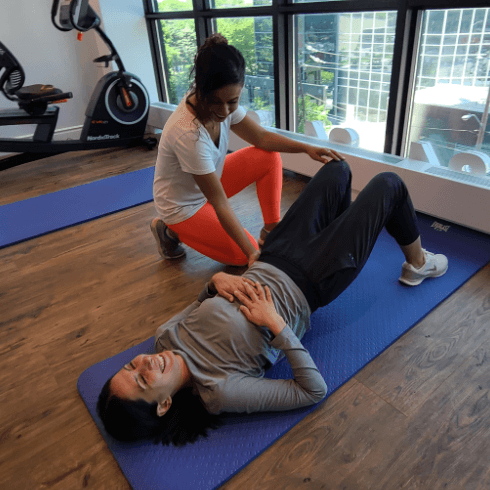Ice vs Heat – Which and when to use
Mar 14th 2022Have you been questioning yourself whether or not to use topical thermal
modalities (heat or ice packs) for an injury? Have you been trying to figure out
which one is best to use for your pain?
Generally speaking, ice helps during the acute stages of an injury, and to control inflammation
and pain. Heat helps during the healing process, and to promote relaxation.
Inflammatory phase happens once an injury is new (during the first 48 hours after an ankle
sprain, for example) or once there is an ongoing overload/pressure on certain tissues (like with
severe plantar fasciitis).
Overuse Syndrome – Repetitive Strain Injury
Mar 14th 2022Do you experience chronic discomfort in one of your body parts? Do you think
you might have repetitively overloaded a muscle during work or exercise?
If so, physiotherapy can help! Repetitive injuries are best to be addressed sooner in order to
avoid even more severe injuries.
“Repetitive microtrauma or repeated strain overload over time results in structural weakening,
or fatigue breakdown, of connective tissue…”*. Overuse syndromes can occur almost
everywhere in the body.
Lower Back Pains – Are they all the same?
Mar 14th 2022Do you experience pain in your lower back? It’s important to know what exact
condition is causing it!
Different pathologies and impairments can cause pain in the lower back area: conditions
related to bones (lumbar vertebrae and pelvis), joints, nerves and other soft tissues (like
muscles)
Osteoporosis, a condition that affects the bones, osteoarthritis, which affects the joints in the
lumbar spine, disc protrusions and bulges, pressure on the nerves that travel between the legs
and the spine, muscle strains and ligament sprains are just some of the impairments that might
be associated with pain in the lower back.
Did you know that headaches can be treated with physiotherapy?
Mar 14th 2022According to Kisner* 15 to 20 percent of headaches are diagnosed as “cervical headaches” and
are caused by musculoskeletal impairments: injuries, anxieties and emotional stress, poor
posture, tension in the soft tissue surrounding the back of the cervical spine and pain on the
attachment of the muscles.
Most of us have jobs that require us to stay in one position for long periods of times. Many
times we have to work with things that are placed in front of us (like when we look at a monitor
and use a keyboard) for several hours.
Herniated Discs Can Be a Real Pain in the Back – Are You Living with One?

Do You Know How to Identify a Herniated Disc?
If you’ve been experiencing back pain, it just may be a herniated disc. A herniated disc can put extra pressure on the muscles and nerves around the spinal column.
Strange neck pains, back pains, or extremity symptoms can indicate a variety of potential problems – including one or more herniated discs. How can you tell for sure whether you have this specific problem?
Read full blog

